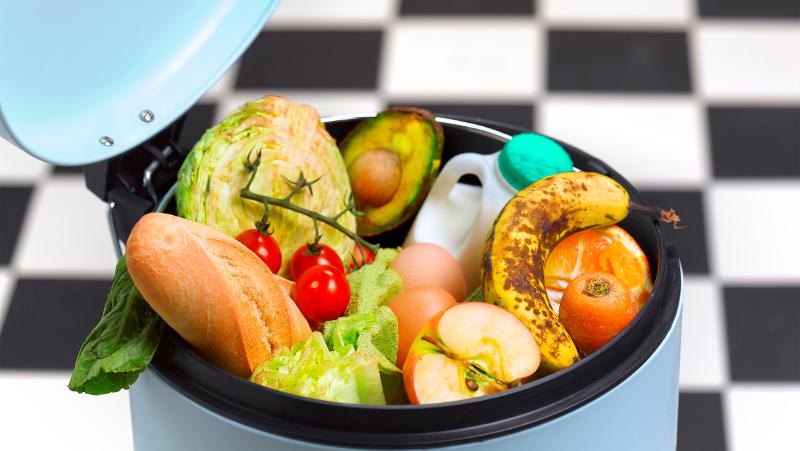
Australian food waste costs $20 billion a year, making the nation the world's fourth highest food waster per capita. A third of the waste is generated by households and costs the average family $195 a month (Fight Food Waste CRC Annual Report 2018-2019).
A research project led by Dr Jenny Hou from QUT's Digital Media Research Centre and School of Communication is examining how to measure the effectiveness of social media campaigns in reducing food waste. Early findings suggest they can change behaviour, especially when tapping into cultural identity and aesthetic factors.
The researchers say social media campaigns work best as part of a broad promotional mix and when they are fun and inspirational rather than preachy. And TikTok could be the best platform for the purpose.
"Food waste contributes to 30 per cent of greenhouse gasses and presents a major global sustainability challenge," said the Principal Chief Investigator Dr Jenny Hou.
"Yet it is also a mundane, everyday phenomenon. Unlike veganism, climate change or animal activism, it does not tend to polarise public opinion, so public educational campaigns can link behavioural change to mainstream values like saving money.
"Social media campaigns are increasingly used for public education and intervention on food waste. These include the United Nations' "Think.Eat.Save. Reduce your foodprint", the UK's "Love food hate waste", America's "Food recovery challenge", and Australia's "Fight food waste: it's easy as".
"These are catchy, but little is known about how influential they have been. They may attract lots of 'traffic', but evaluation of social media's effect is a common puzzle across all public education/intervention scenarios, including road safety and anti-smoking campaigns."






